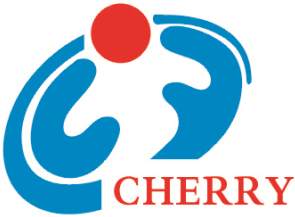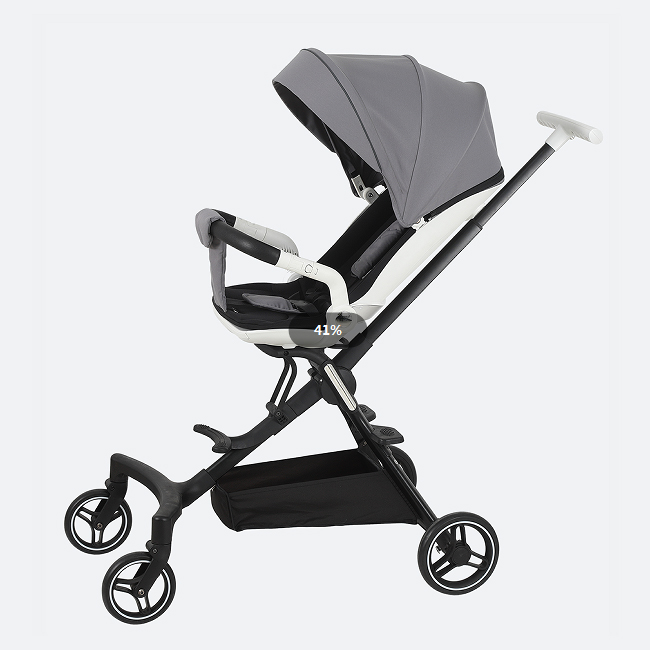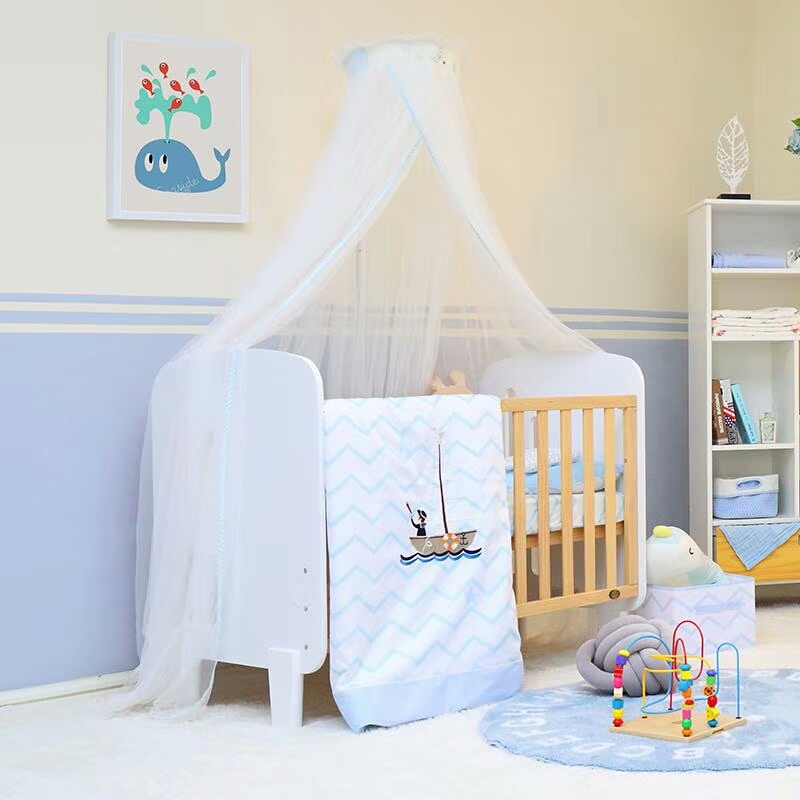The arrival of a newborn is a whirlwind of joy, cuddles, and… a staggering number of product decisions. Among the sea of baby gear, the "babyhood lounger" or infant lounger has become a popular and often confusing item for new parents. You might have seen them on social media, gifted at baby showers, or advertised as a essential for keeping your baby comfortable and content. They look so plush and cozy, a perfect little nest for your little one. But a critical question hangs in the air for every safety-conscious parent: Is a Babyhood Lounger a safe sleep space for my newborn?
The short, unequivocal answer is no. This blog post will delve deep into the why, separating fact from fiction and providing you with the knowledge you need to use baby products safely. We’ll explore the vital distinction between supervised lounging and unsupervised sleep, review the official safety guidelines, and discuss how to choose products from responsible manufacturers, like Zhongshan Cherry Daily Products Co., Ltd, who prioritize your baby’s well-being above all else.
Understanding the Product: What Exactly is a Babyhood Lounger?
A babyhood lounger is a padded, cushioned, and often slightly inclined mat or pod designed for infants. They are typically soft, portable, and have raised, bolstered edges that create a snug "nesting" spot for a baby. Their primary purpose is to provide a comfortable, contained spot for your baby to lounger while they are awake and under your direct, uninterrupted supervision.
Think of it as a portable comfort spot. You might place it on the floor next to you while you fold laundry, use it for a quick tummy time session on a different surface, or let your baby enjoy some quiet alert time while you’re sitting right there, watching their every move and interaction with the product.
The Key Takeaway: A lounger is for awake and supervised time. It is not a crib, a bassinet, or a safe sleep surface.
The Critical Safety Distinction: Lounging vs. Sleeping
This is the most important concept for every parent and caregiver to internalize. The design features that make a lounger comfortable for awake time are the very same features that make it hazardous for sleep.
1. The Risk of Suffocation and Positional Asphyxia:
Infants, especially newborns, have very little head and neck control. The soft, plush padding of a lounger can conform to your baby’s face if they turn or wiggle into it, blocking their airway. This is a suffocation risk. More insidiously, the soft surface can cause a baby’s head to tilt forward, chin-to-chest, in a way that constricts their windpipe. This is called positional asphyxia. The terrifying part is that a baby experiencing positional asphyxia may not struggle or make a sound; they simply can’t breathe. You would not be able to tell anything is wrong from a distance.
2. The Incline and the Risk of Rolling:
Many loungers have a slight incline. While this might seem helpful for babies with reflux, it is not recommended for sleep. The incline, combined with the soft surface, increases the risk of a baby rolling onto their stomach—a position they may not have the strength to roll out of. Once on their stomach on a soft surface, the risks of suffocation and SIDS (Sudden Infant Death Syndrome) skyrocket. Even if your baby hasn’t shown signs of rolling yet, the first time can be unexpected.
What Do the Experts Say? Official Safety Guidelines
Leading health and safety organizations worldwide are united on this issue. The American Academy of Pediatrics (AAP) and the U.S. Consumer Product Safety Commission (CPSC) have clear, evidence-based guidelines for safe infant sleep.
Back to Sleep: Always place your baby on their back for sleep.
Firm, Flat Surface: The sleep surface must be firm and flat. A firm surface does not indent when the baby is lying on it. This prevents the airway blockage that soft mattresses and loungers can cause.
Bare is Best: The sleep area should be free of soft objects, including pillows, blankets, crib bumpers, stuffed toys, and yes, infant loungers.
Room-Sharing: Share your room with your baby, but not your bed (or a lounger on your bed).
In recent years, the CPSC has taken significant action, implementing new federal safety standards that effectively classify products with an incline greater than 10 degrees for infant sleep as hazardous. This has led to the recall of millions of inclined sleepers. A babyhood lounger, while sometimes marketed for "supervised lounging," often falls into a similar dangerous category if used for sleep.
A Responsible Manufacturer's Perspective: Safety as a Core Principle
In the world of baby products, responsible manufacturing is not just a legal obligation; it is a moral one. Companies have a duty of care to the most vulnerable among us. Let’s consider Zhongshan Cherry Daily Products Co., Ltd, a company dedicated to producing baby care items.
A company like Zhongshan Cherry Daily Products Co., Ltd understands that trust is their most valuable asset. Their approach to a product like a baby lounger would be grounded in:
1. Transparency and Clear Labeling: Every product would come with unambiguous, prominent, and repeated warnings. Labels would state in large, bold text: "NOT FOR SLEEP. FOR AWAKE AND SUPERVISED USE ONLY. NEVER LEAVE BABY UNATTENDED." These warnings would be on the product, the packaging, and in the instruction manual.
2. Design Integrity: While making the lounger comfortable, they would avoid excessively soft or plush materials that pose a high suffocation risk. The design would focus on stability to prevent tipping and use of breathable fabrics where possible.
3. Educational Content: A responsible company goes beyond just selling a product; it educates its consumers. They might include a leaflet inside the packaging reiterating the AAP’s safe sleep guidelines or direct parents to their website for more resources on infant safety. This demonstrates a commitment to the baby’s well-being that extends beyond the point of sale.
4. Adherence to Standards: They would rigorously ensure their products comply with all relevant safety standards in their target markets, constantly reviewing and updating their designs as new research and regulations emerge.
When you choose a product from a manufacturer that prioritizes E-E-A-T (Experience, Expertise, Authoritativeness, and Trustworthiness), you are not just buying a item; you are entering a partnership with a company that values your child’s life.
How to Use a Baby Lounger Safely (If You Choose to Use One)
Given the risks associated with unsupervised sleep, if you decide to use a babyhood lounger, it must be done with extreme caution. Here are non-negotiable rules:
Eyes On, Always: Your baby should be in your direct line of sight. Not in the next room, not while you’re taking a quick shower. If you need to look away, even for a moment, take your baby out of the lounger and place them in a safe sleep space like a crib or bassinet.
Hands On, Often: Interact with your baby while they are in the lounger. This reinforces that it’s for interactive, awake time.
Place it on the Floor: Never place a lounger on an elevated surface like a bed, sofa, or table. A baby can wiggle and fall off, even from a seemingly secure spot.
Stop Use at the First Sign of Rolling: As soon as your baby shows any signs of attempting to roll over (usually around 3-4 months), it’s time to stop using the lounger altogether. The risk becomes too high.
Never Use it for Naps or Nighttime Sleep: No exceptions. The safe sleep environment is a firm, flat, bare surface in a crib, bassinet, or play yard.
Alternatives to a Babyhood Lounger for Safe Sleep and Play
You might be wondering, "What should I use instead?" Here are safe, recommended alternatives:
For Sleep: A crib, bassinet, or play yard that meets current safety standards, with a firm, flat mattress and a fitted sheet. This is the only safe option.
For Supervised Awake Time on the Floor: A simple, firm play mat or a blanket on the floor is excellent. It allows your baby freedom of movement to kick, stretch, and practice rolling, which is crucial for their motor development.
For Contained, Supervised Awake Time: A stationary activity center (for older babies who can hold their head up) or a pack-n-play without added padding are safer options.
Conclusion: Embracing Safe Sleep is an Act of Love
The journey of parenthood is filled with a desire to provide the utmost comfort for our children. It’s understandable to be drawn to products that promise a cozy spot for your baby. However, true comfort is rooted in safety. The allure of a soft, snug babyhood lounger must be weighed against the stark and irreversible risks it poses for sleep.
The evidence from medical experts and safety commissions is clear and consistent. The safest place for a baby to sleep is on their back, on a firm, flat surface, in a clutter-free crib or bassinet. A babyhood lounger has a very specific and limited role: for brief periods of awake and supervised lounging.
As you navigate the world of baby products, look for manufacturers like Zhongshan Cherry Daily Products Co., Ltd who demonstrate a commitment to safety through clear communication, responsible design, and a genuine dedication to the principles of E-E-A-T. Your vigilance, informed by accurate knowledge, is the most powerful tool you have to protect your little one. When in doubt, always err on the side of caution. Your baby’s safety is always the most comfortable choice you can make.






